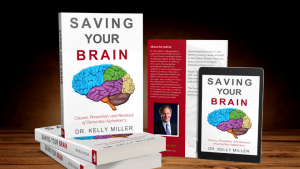When considering treatment options for ADD and ADHD, understanding the history of a specific treatment and how effective it has been in other circumstances as well as for treating ADD and ADHD, can help you make more informed decisions concerning your treatment. It also assists you in understanding the complex process of Neurofeedback and its overall effect on the patient’s brain. Alternative medical treatments like Neurofeedback therapy have a long history in helping people deal with various disorders.
The 1950’s-60’s
The two founders, if you will, of Neurofeedback are Dr. Joe Kamiya, at the time with the University of Chicago and Dr. Barry Sterman at the University of California at Los Angeles. Dr. Joe Kamiya was developing experiments concerning consciousness and following on Pavlov’s theories, developed a reward system that would alter the brainwave patterns of participants in his experiment with the real time results being displayed using an EEG. Dr. Barry Sterman began working with cats to determine if they could self-regulate their Sensory Motor Rhythm (SMR). Using a simple reward system, the cats were rewards when they altered their brainwaves to gain the correct frequency. The results from both these experiments drew the attention of NASA who were having difficulties with Astronauts and their exposure to toxic fuel sources.
The Space Program
Dr. Sterman was contracted by NASA to discover how exposure to toxic rocket fuel caused an epileptic response in humans. During the initial experiments, the negative side effects of the fuel became apparent with the exception of ten of the cats used in his original experiments. It became obvious that the effects of the SMR brainwave training had created stable brains that were resistant to acute epilepsy. By moving this neurofeedback training to the astronauts, he was able to reduce the onset of epilepsy responses in sixty percent of the participants. In addition, the reduction ranged from twenty to one hundred percent and the effect was long lasting. As a result, this type of training is still in use by NASA for all astronaut missions, and thus Neurofeedback became an alternative medical treatment for epilepsy.
The 1970’s Dark Ages
In the 1970’s, while Dr. Kamiya’s and Dr. Sterman’s work was in the hands of legitimate scientists and further research into Neurofeedback was undertaken, it was also taken up by Spiritualists and Meditators as a means of engaging followers in mystical beliefs. As such, it’s credibility was damaged as many began to see Alternative Medical treatments as being associated with shams and hokey medicine. However, while the mainstream was focused on negative press from these charlatans, scientists began to explore the role of Neurofeedback in conjunction with the newly understood plasticity of the brain.
The 1980’s To Current
Towards the beginning of the 1980’s, scientists concerned with Neurofeedback began experiments to determine how effective this therapy could be used with other central nervous disorders and with ADD in specific. In addition, further research concerning Neurofeedback and epilepsy continued. By the 1990’s, Neurofeedback had shown significant promise is dealing with a wide range of conditions and more experimentation was conducted with the effect on spectrum disorders such as ADHD and even autism. At the turn of the century, and in conjunction with a better understanding of the underlying mechanisms in the brain, Neurofeedback moved from the experimentation aspect to that of a direct treatment for various conditions. Now, numerous treatment providers offer Neurofeedback as an alternative medical treatment to ADD and ADHD, as well as epilepsy and more.
The effectiveness of Neurofeedback therapy as a means of assisting those with ADD and ADHD is well established by science and the results have been shown to be long lasting. This is a significant benefit for those with ADD and ADHD, however, it is not limited to just those with ADD and ADHD.
A very helpful article that offers an in-depth review of neurofeedback entitled, What is Neurofeedback: An Update can be download. Just click on the link.
To further explore if the alternative medical treatment of Neurofeedback is right for you, contact a treatment provider today.
OTHER NEWS ARTICLES
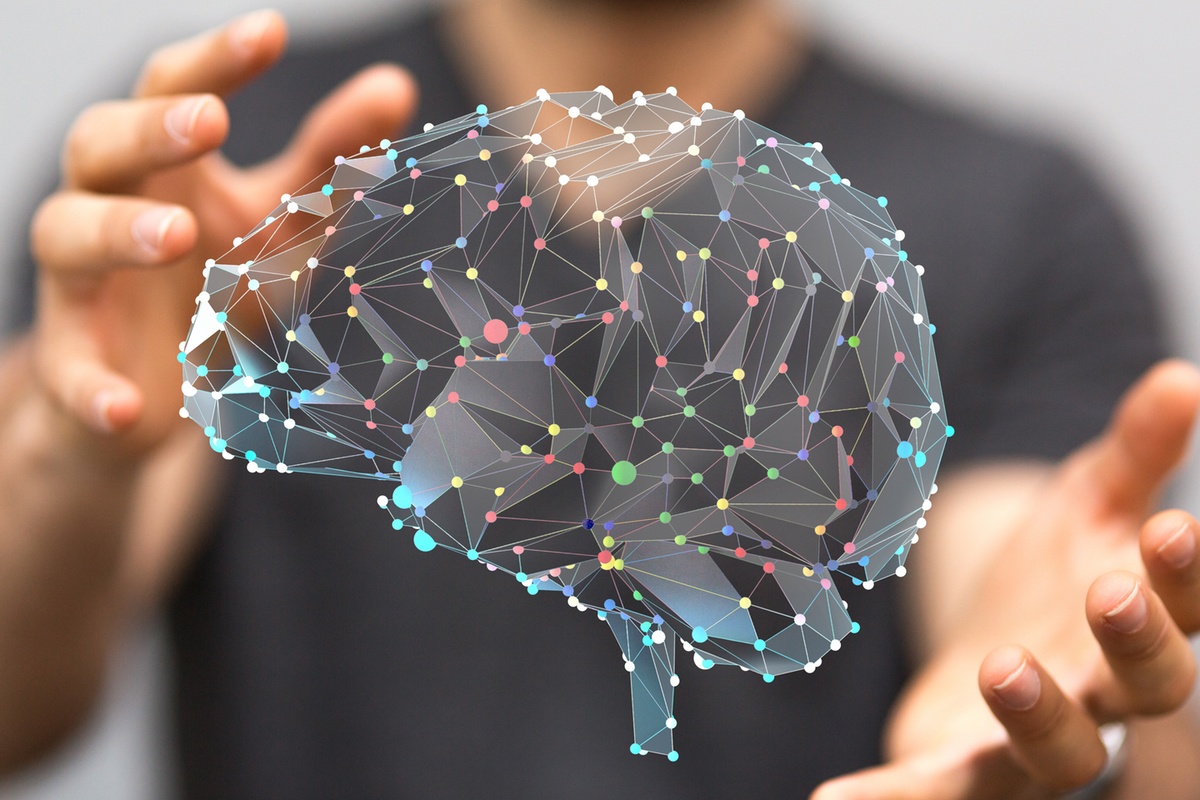
What is Neurofeedback and How It helps Brain Health
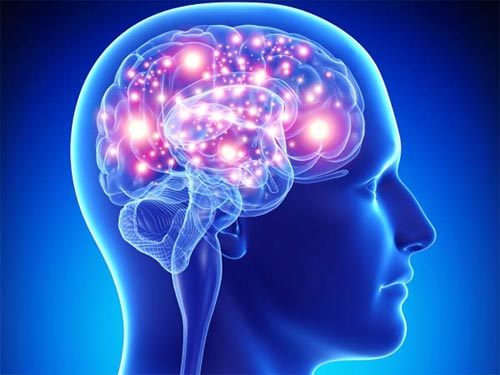
Inflammation Can Shrink Your Brain
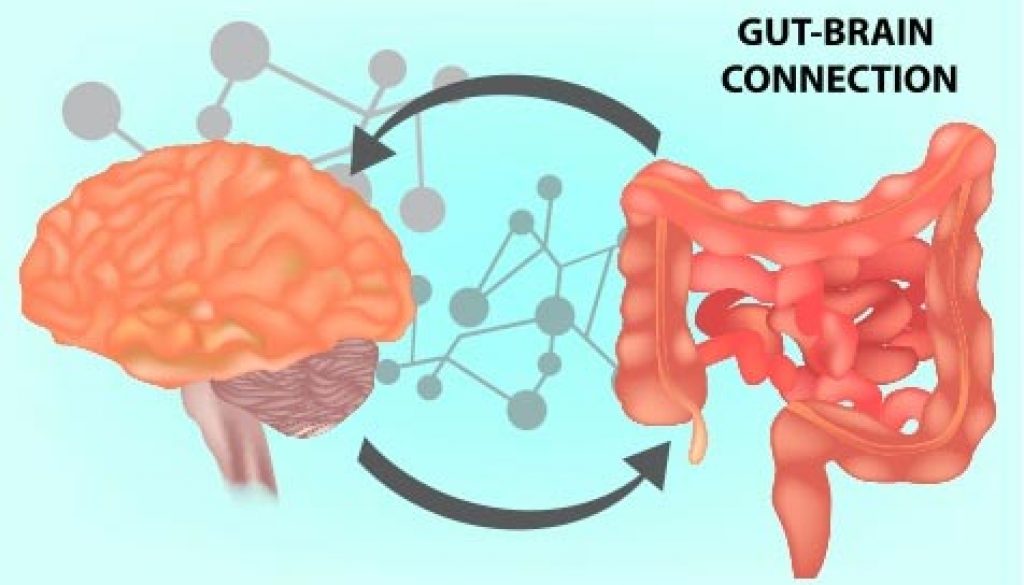
The Gut-Brain Connection Is Important For Mental Health And More!

Beyond Medicating The Brain: Why We Need a New Approach
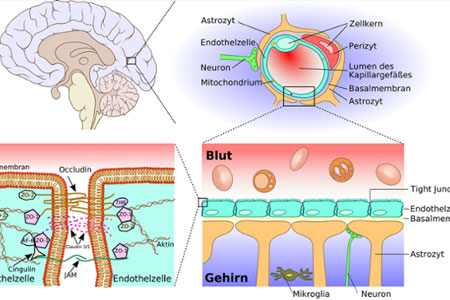
Do You Have A Leaky Brain?

The Seven Types Of ADD

The History Of Neurofeedback And Why It Is Beneficial In Treating ADD And ADHD
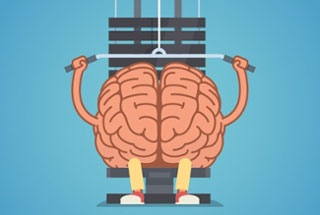
Balancing And Nourishing The Brain Helps Resolve Many Health Challenges

Clinic Studies On Neurofeedback – Make An Informed Decision For Drug Free Care
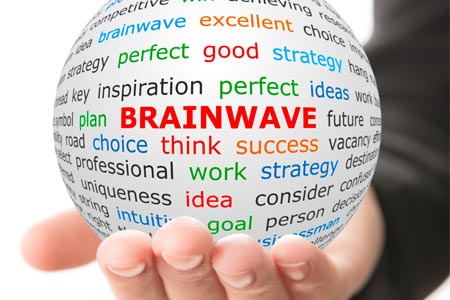
Brainwaves, The Key To Healthy Brain Function
[themify_layout_part id=239]
